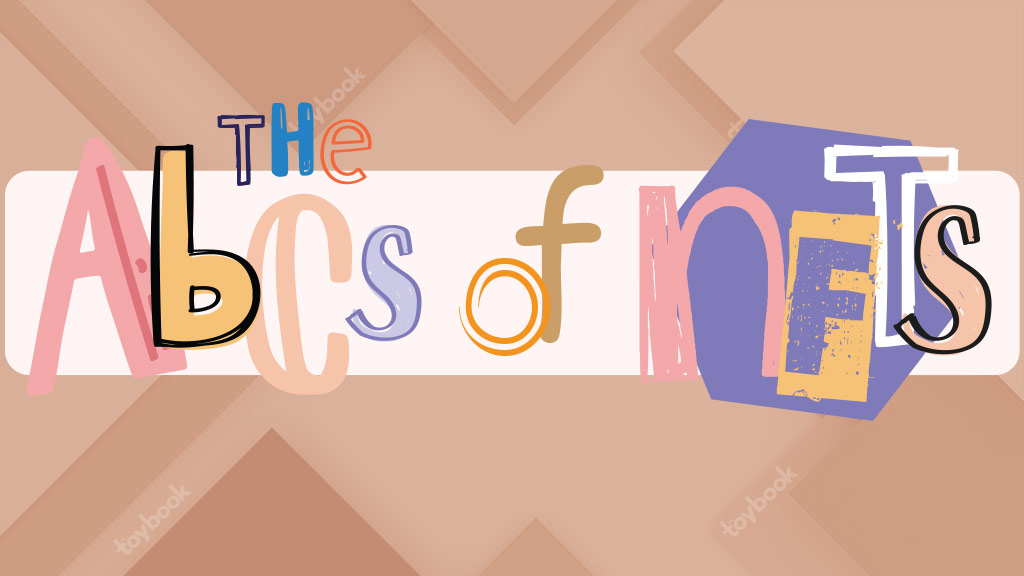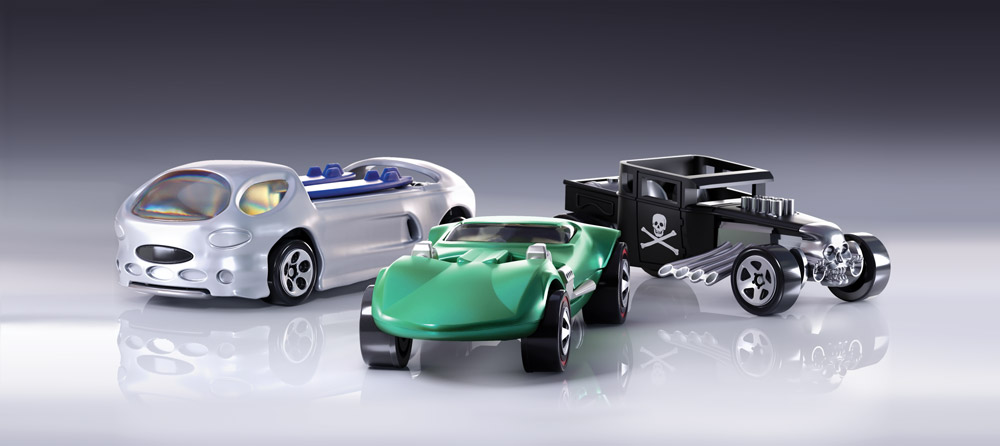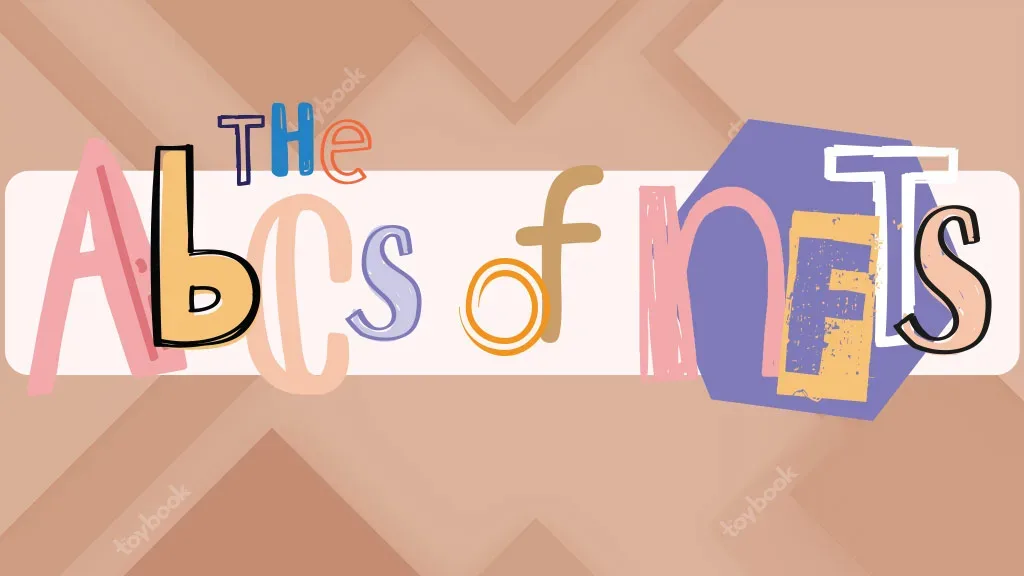
This year, it seems like we can’t go more than one day without seeing the letters “NFT” pop up in at least one headline. Seemingly overnight, everyone — from movie studios and comic book artists to food brands and, yes, toy companies — was offering non-fungible tokens (NFTs) for consumers to purchase or bid on.
While the technology behind blockchain and cryptocurrency may seem daunting, the basic concept of an NFT is fairly simple to explain. The value of any collectible item comes from verifiable scarcity and, as we have started to live in an increasingly digital world, there hasn’t been a way to provide that for digital items such as art prints or 3D renders.
NFTs are able to solve this problem, says Jules Urbach, CEO of OTOY, a cloud graphics company that is currently curating the work of legendary comic book artist Alex Ross into an NFT archive.
“Amidst this explosion of digital content, there have been few ways to monetize or own digital content, which has limited its potential,” Urbach says. “NFTs are revolutionary because they provide the first way to own and monetize digital content, and this is profoundly empowering for creators and fans.”
Basically, a process called minting gives an NFT its own unique, trackable metadata, so we are able to prove singular ownership of our virtual items.
A Digital Shelf of Collectibles
NFTs can take many forms, but digital collectibles — such as virtual trading cards; augmented-reality (AR) recreations of popular, pop-culture collectibles; and art prints — are the most common for those in the toy, collectibles, and entertainment industries.
For example, the company VeVe works with various IP holders to create and sell officially licensed digital collectibles that consumers can curate within the platform and display using AR. VeVe has licensed offerings from DC Comics, Ghostbusters, Cryptozoic’s Cryptkins, and more. COO and Co-Founder Dan Crothers’ personal favorite is the DeLorean Time Machine from Back to the Future, which collectors can place in their garage or driveway in 1:1 scale.

Dr. Seuss Enterprises adopted NFT plans early. The company announced its partnership with Dapper Labs to create a series of digital collectibles last July, long before NFTs were enough of a hot topic to inspire an entire Licensing International speaker series or a very catchy rap on Saturday Night Live. Set to launch later this year, these NFTs will include classic characters, such as The Cat in the Hat, The Lorax, and Horton, as digital art.
Dr. Seuss Enterprises President Susan Brandt first heard about NFTs a few years ago when she read an article about Dapper Labs’ Crypto Kitties, a video game featuring collectible cats that are NFTs. “The article focused on how blockchain was changing the art world because the source could always be authenticated,” she says. “I was fascinated and knew right then that I wanted to bring Dr. Seuss, our art, and our characters, into this new world.”
NFTs also offer distinct potential for toy companies and the IP they hold. As previously stated, collectibles company Cryptozoic has licensed its original Cryptkins collectibles line, offering limited digital recreations of its mythical statues.
Funko is also planning to recreate popular physical collectibles as NFTs. In early April, the company acquired a majority stake in TokenWave (developer of the NFT app TokenHead) and revealed plans to offer its first 3D-rendered Pop! figure NFTs this summer. Bianca Calingo, senior manager of franchise and new business development at Funko, says the company will also explore the potential to link in-person experiences and purchases with digital collectibles, as some Funko NFTs will correspond with physical Pop! Vinyl figures. “By linking the rarest NFTs to an exclusive, physical Pop! that fans otherwise wouldn’t be able to purchase, it adds a thrilling chase element to NFTs that only Funko can offer,” she says.
Mattel also recently launched its first set of NFTs. Dubbed “Hot Wheels NFT Garage,” the collection offered minted NFTs of three classic Hot Wheels die-cast cars — The Twin Mill, Deora II, and Bone Shaker — rendered in their original designs. Mattel hosted the auction for these three NFTs on its Mattel Creations platform, which Mattel President and COO Richard Dickson says was a natural fit.
“Evolving physical product to digital art through NFTs was an obvious next step for Mattel Creations,” Dickson says. “Mattel Creations is the perfect platform for us to present limited-edition collector products that speak to our incredible fan base as well as attract new fans to our vast portfolio of pop culture brands. Toys as art, and art inspired by toys.”
Last month, VeVe also announced its first collection aimed at a younger audience: NFTs featuring characters from MGA Entertainment (MGAE)’s L.O.L. Surprise! doll line. This is the start of a larger collaboration between MGAE and VeVe, which will produce interactive, AR digital collectibles designed for parents and kids to enjoy together.

Return on Investment
The list of NFT examples could go on for pages, but one major question may linger for those contemplating creating NFTs for their brand: Why?
Generally, the process of creating an NFT is similar to that of any other licensed product, as the licensor and the NFT manufacturer draw up a smart contract outlining the terms and conditions for the partnership, with some new terminology for the medium including phrases such as “interplanetary filing system” and “paying miners gas money,” Brandt notes.
The major difference, however, comes in the secondary market. In fact, many of the major NFT platforms have some sort of marketplace built in, where fans can buy and sell from each other. As with any limited collectible, be it physical or digital, some collectors will pay more for something that is hard to find, or a certain NFT that they may have missed when it first dropped.
Ben Arnon, co-founder of Curio, a company that offers licensed NFTs, believes that the majority of value in NFTs will come from this secondary market, not only because reselling is a big part of collecting and gives fans a chance to make money, but also because NFT resales bring more value to licensing partners. This is one of the most significant differences between traditional collectibles and NFTs. If a fan purchases a limited-edition Marvel action figure, for example, Marvel will get some money from that transaction. But if that fan sells the action figure on eBay for twice the money, neither Marvel or the action figure manufacturer will benefit from the resale. With NFTs and their smart contracts, which have the terms of the agreement written into lines of code, the owner of the IP that inspired that NFT and/or the artist who created it can continue to profit with each resale.
“I believe that the NFT space will look similar to the music publishing model, where a music publisher or a songwriter amasses hundreds, and then thousands, of copyrights of songs,” Arnon says. “I think major IP owners will have hundreds, and then thousands of NFTs in the marketplace, generating that same persistent royalty stream in perpetuity.”
This is a significant draw for toy companies, entertainment brands, artists, and manufacturers, potentially creating a new revenue stream.
The Future of NFTs
That business potential is why Arnon believes NFTs are here to stay, noting that he has seen major studios and entertainment brands forming specific NFT teams throughout the first half of this year. However, the future of NFTs may seem less than certain; by April, headlines reported declining NFT sales numbers, even as major brands continue to announce new NFT plans and partnerships almost daily.
Yet, most of the individuals and companies investing in NFTs insist that these new digital collectibles are not going anywhere, especially as their many potential uses become more mainstream.
“We do believe that the hype of NFTs has created somewhat of a gold rush mentality for some,” OTOY’s Urbach says. “However, digital collectibles with true value in the hearts of collectors will last the test of time.”
Arnon also says the NFT market is changing so rapidly that it’s hard to make any definitive predictions or assumptions, but instead, he encourages brands to explore the space. “We sort of have some assumptions about whether or not certain genres work better or certain genders are more likely to consume. I would throw all that out the window,” he says. “It’s so nascent, I think it’s just time to learn from various different brands experimenting and innovating.”
Ultimately, it’s unlikely that NFTs will continue to fetch six-figure payouts and make headlines every single day. Instead, NFTs may become another ingrained element of our industry, providing toy and entertainment brands a new way to engage with collectors and fans and adding a digital dimension to their product offerings.

